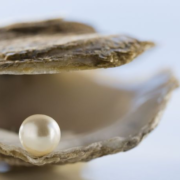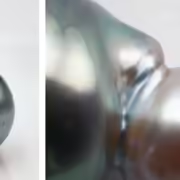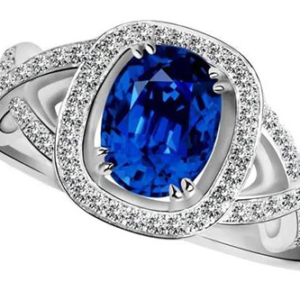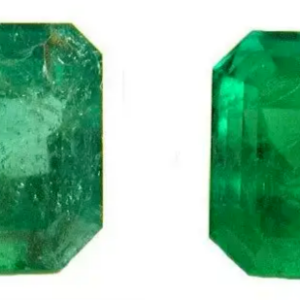June birthstone pearl – a natural treasure full of life
Pearl is the birthstone for June and has always been loved. It is known as the “Queen of Gemstones” and is the shining pearl of the gemstone world. As a common piece of organic jewelry, pearls show a beauty full of life.

There are many types of pearls, with different shapes and colors. In the world’s civilization, pearls can also be seen everywhere, whether it is ancient India, ancient Egypt, ancient Babylon or ancient Greece, the use of pearls is everywhere. At present, with the increasing maturity of pearl farming technology, pearls have become one of the fastest-growing varieties in jewelry consumption. The quality of pearls is closely related to the price, and today I will take you to understand how to choose pearls.

There are many factors that affect the quality of pearls, mainly including color, size, shape, luster, finish, etc. Let’s talk about the color of pearls first, the color of pearls is a combination of body color, color overtone, and halo. Body color is the intrinsic, overall color of the pearl itself, which depends on the type and content of various chromogenic ions and organic pigments of the pearl. The body color of pearls can be divided into white pearls, golden pearls, black pearls, and colored pearls (that is, pearls appear in colors other than white and black). Colorlessness is one or more colors that float on the surface of a pearl. Typically, black pearls are colored with blue and green, pink pearls with rose, and white pearls with rose, pink, and other colors. Vignette, on the other hand, refers to a driftable rainbow of colors that form on the surface or under the surface of a pearl. Halos mainly include pink, green, yellow, orange, blue, purple, etc., or rainbows with multiple color combinations.

The size of a pearl mainly refers to the size of a single pearl, which is approximately the diameter length of a round pearl. The size of a pearl is very closely related to its value, and generally speaking, the larger the pearl, the more valuable it is, because the large particles are smaller, and the value rises a lot for every 1 mm of growth.

The formation of pearls is influenced by many factors, and generally speaking, pearls are mainly spherical in shape, such as round, oval and pear-shaped. In addition, there are irregular fancy-shaped pearls. As the saying goes, “the pearl is round and jade”, the round “walking beads” (referring to rolling in the plate without stopping) are more expensive. Of course, there are some special-shaped pearls that have been delicately designed by designers and are also very beautiful.

Next, let’s talk about the luster and finish of pearls. The luster of pearls is also known as skin light and pearlescent. Pearl luster refers to the intensity of light reflected on the surface of a pearl and the clarity of the image. The production of pearl luster is the result of the comprehensive effect of its multi-layered structure on the reflection, refraction and interference of light. This optical effect determines the pearl to give people a subtle, elegant, hazy, and soft beauty. Finish refers to the total degree of the type and number of blemishes on a pearl’s surface. Imperfections in pearls can cause the surface of the pearl to be unsmooth and unsightly, which can affect the overall value.

Warmth and elegance are the main symbols of pearls. Pearls have been loved by people since ancient times. Different styles and different ways of wearing pearls can not only meet people’s pursuit of creating an elegant and dignified image, but also meet the preference of the younger generation of consumers for fashion and sophistication. Pick a pearl and reward yourself!




Leave a Reply
Want to join the discussion?Feel free to contribute!